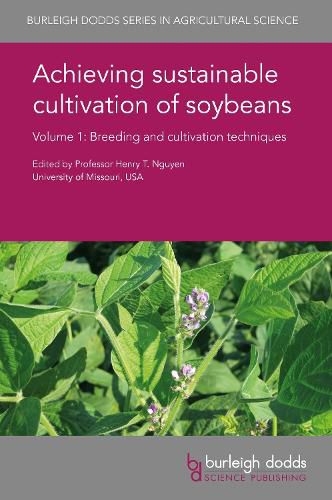Soybeans are one of the most widely-grown crops in the world. As the world’s main source of vegetable protein, they have a wide range of food and non-food uses. Current yields need to increase significantly to meet growing demand but in a way that reduces input use, does not damage the environment and is resilient to climate change. This collection reviews the wealth of research addressing this challenge.
Volume 1 focuses on breeding and cultivation techniques. Part 1 starts by reviewing our understanding of soybean physiology and genetic diversity. It then discusses advances in conventional and marker-assisted breeding, as well as transgenic techniques, and their use to produce more stress-resistant varieties. Part 2 reviews key advances in cultivation techniques to make the most of these new varieties.
With its distinguished editor and international team of authors, this will be a standard reference for soybean scientists, growers, government and non-government agencies supporting soybean cultivation. It is accompanied by a companion volume that looks at diseases and pests as well as the crop’s range of uses.





